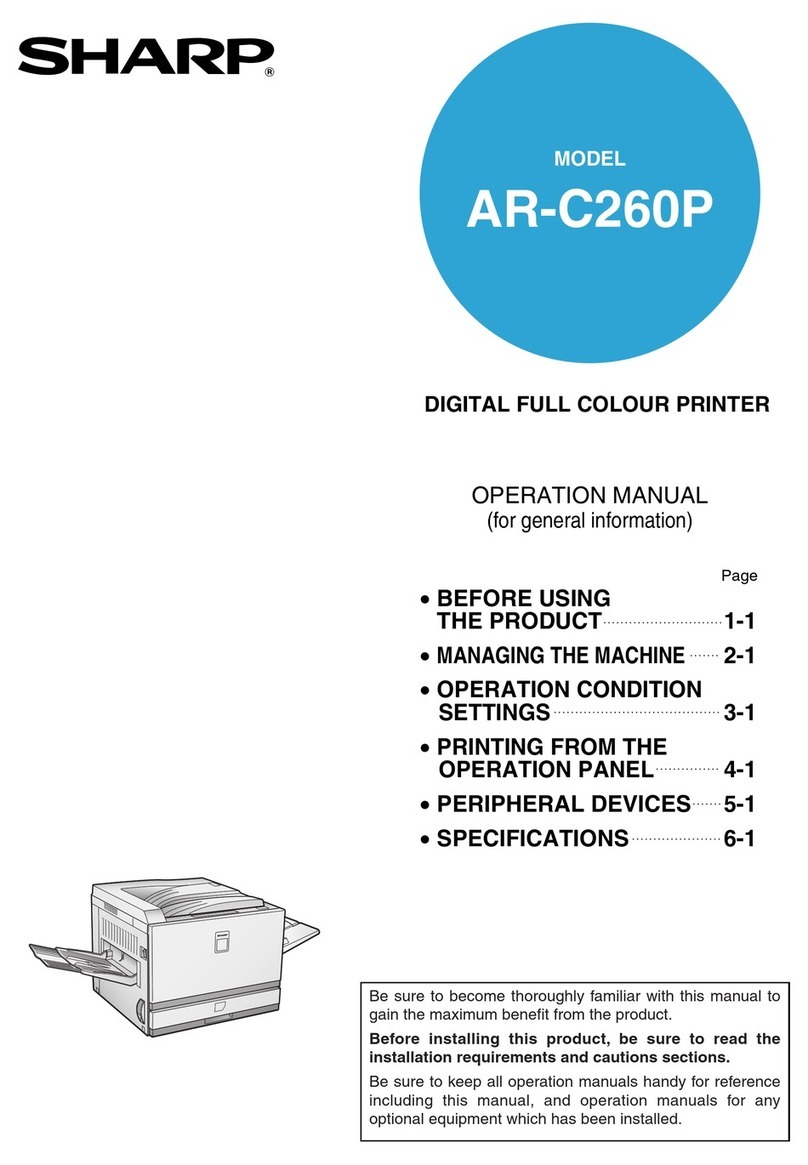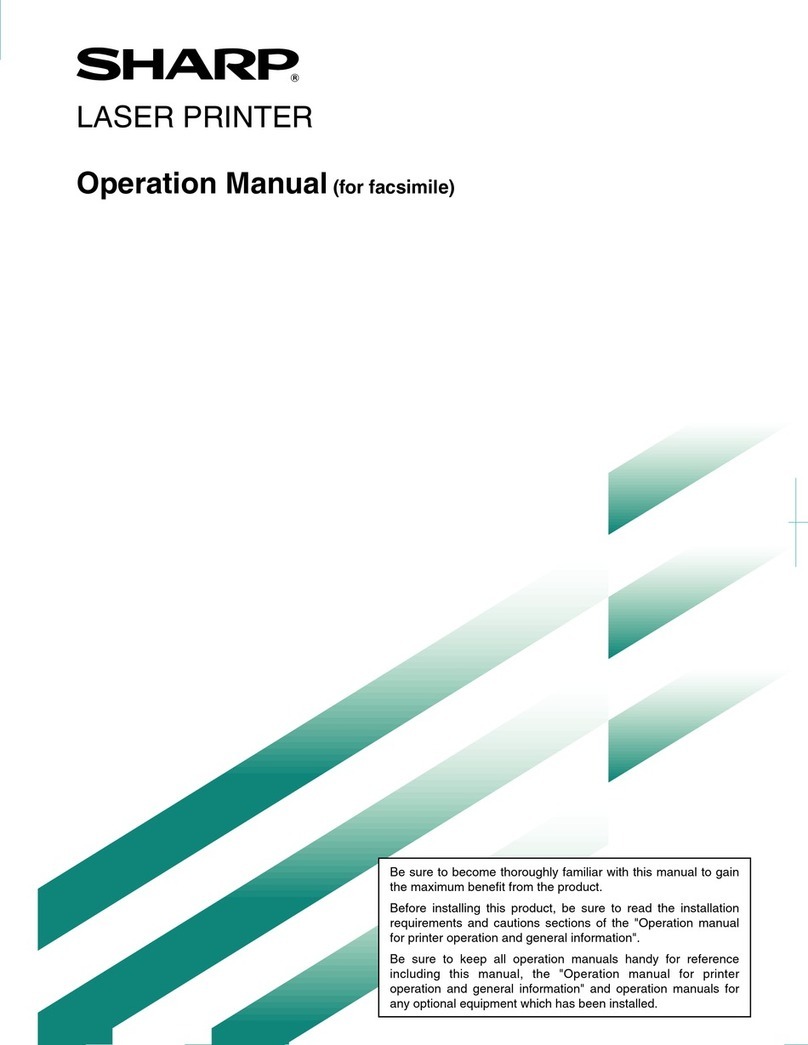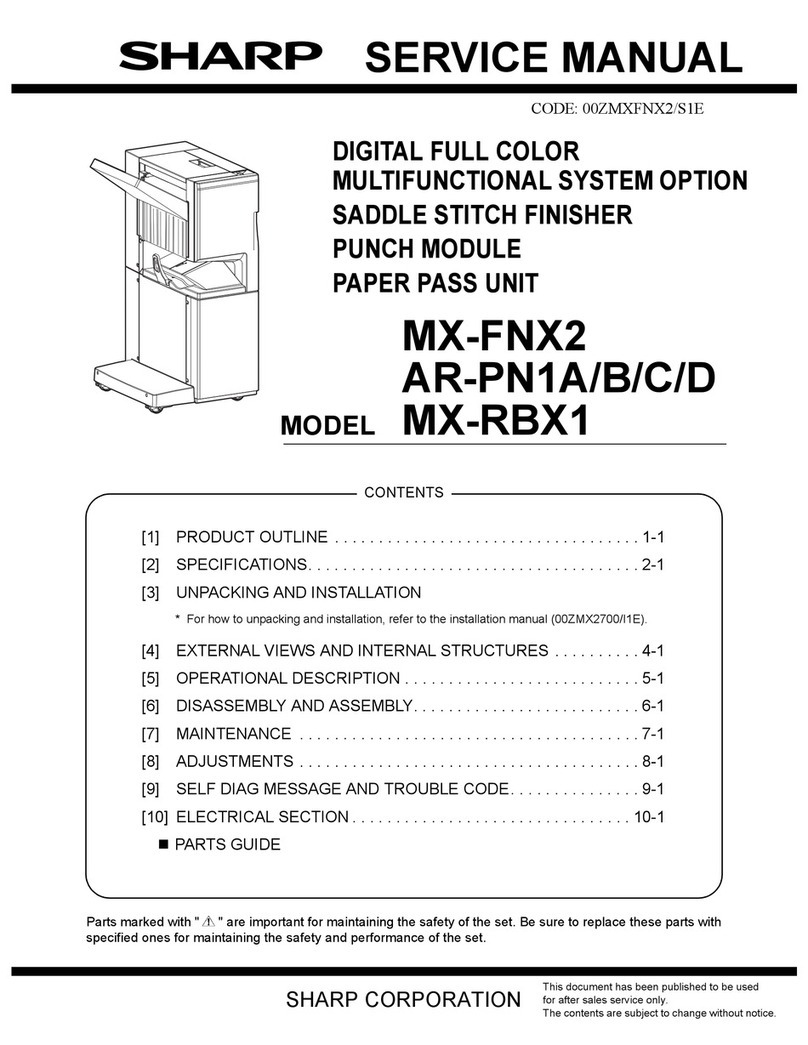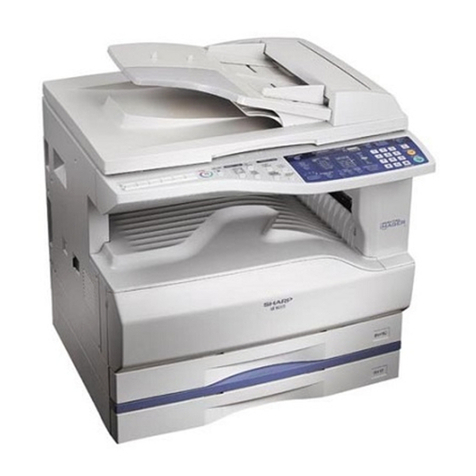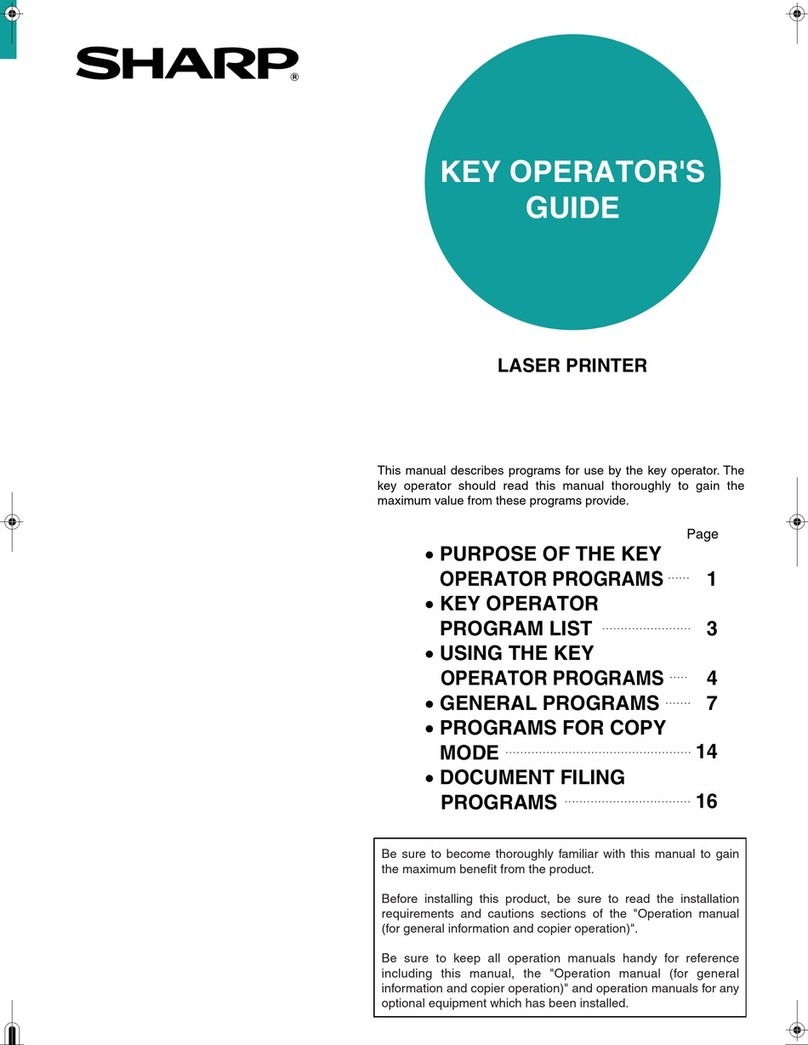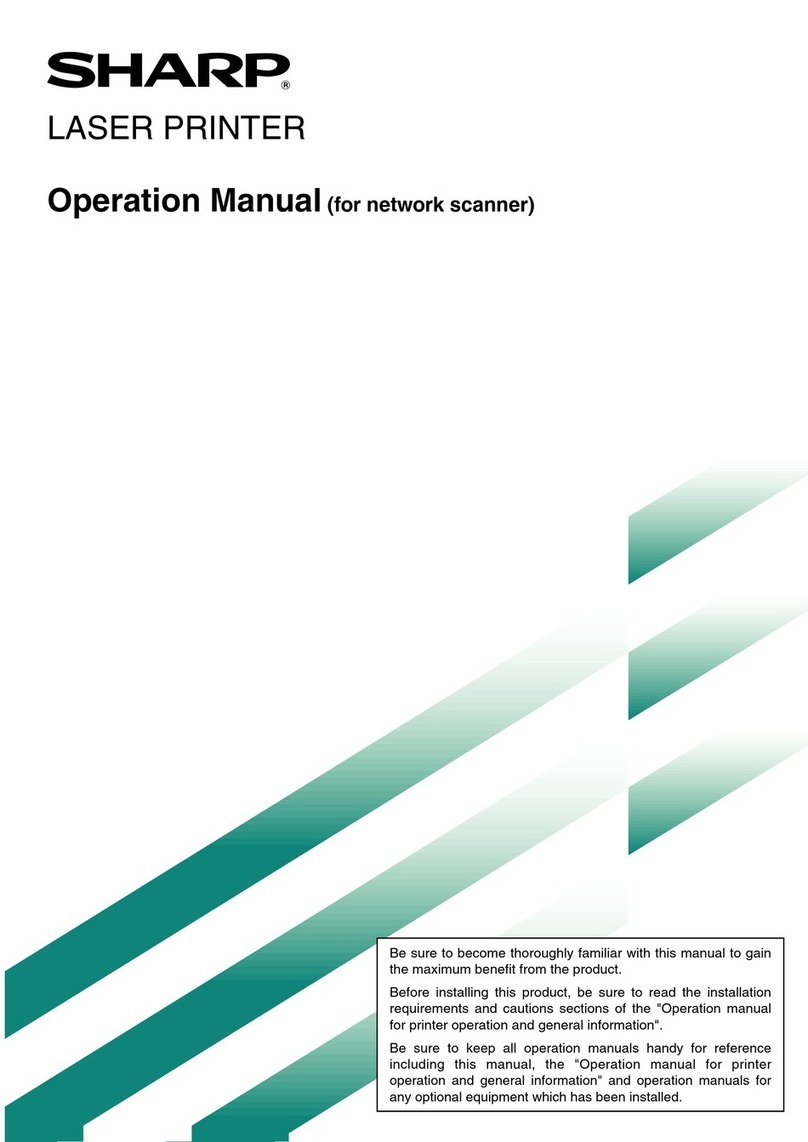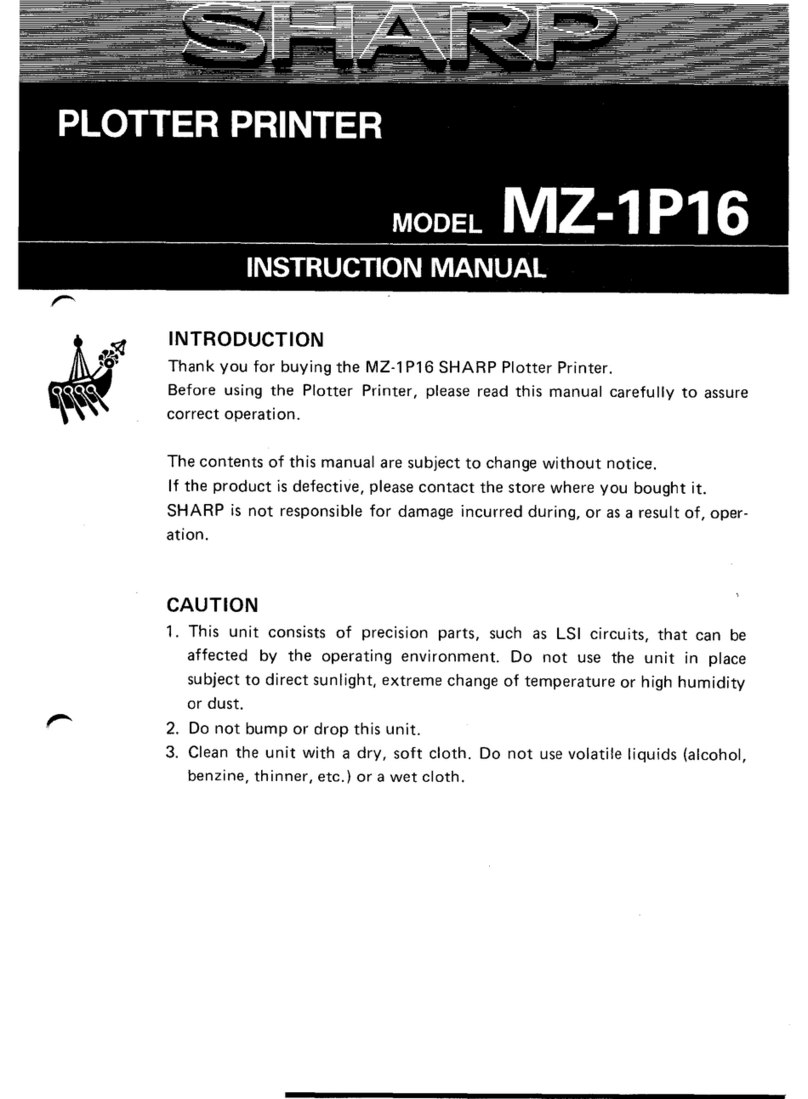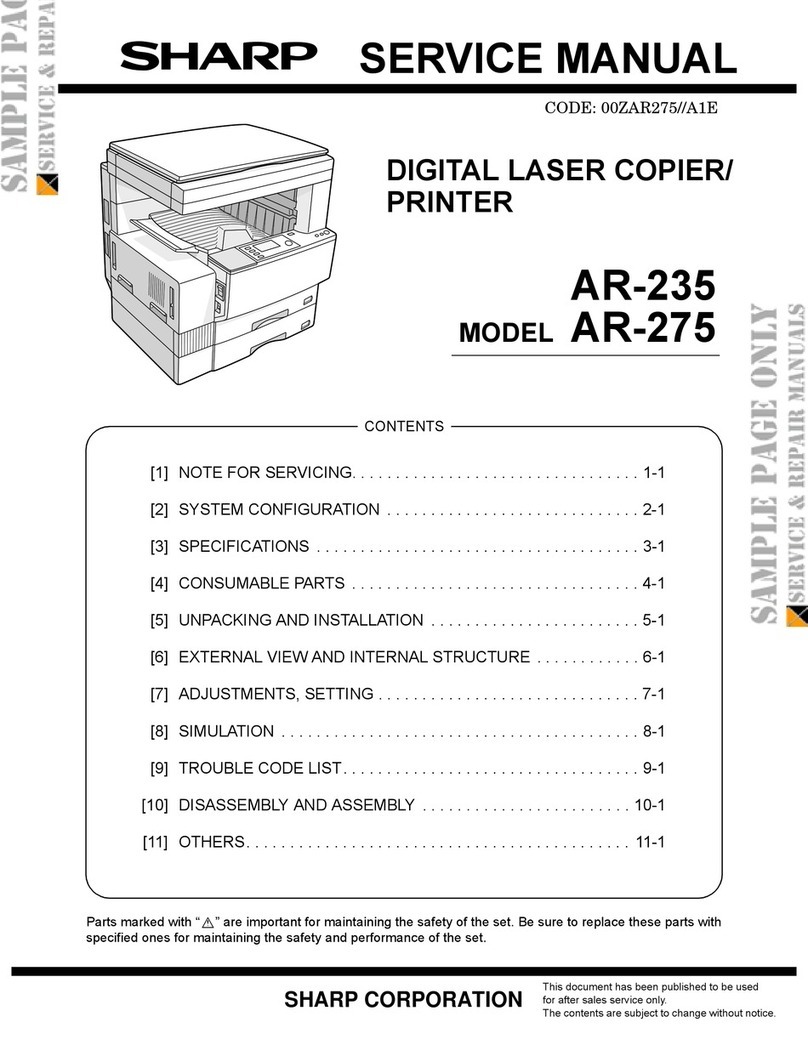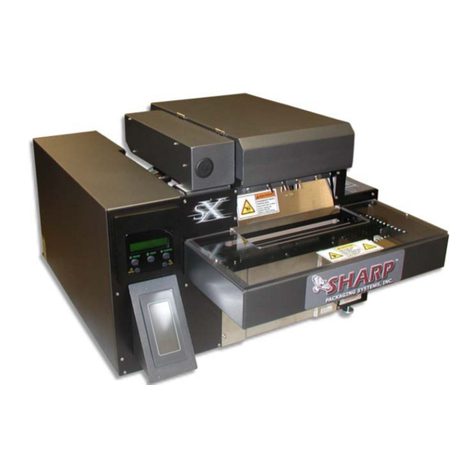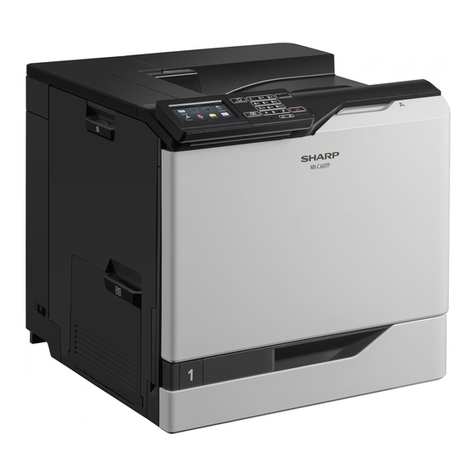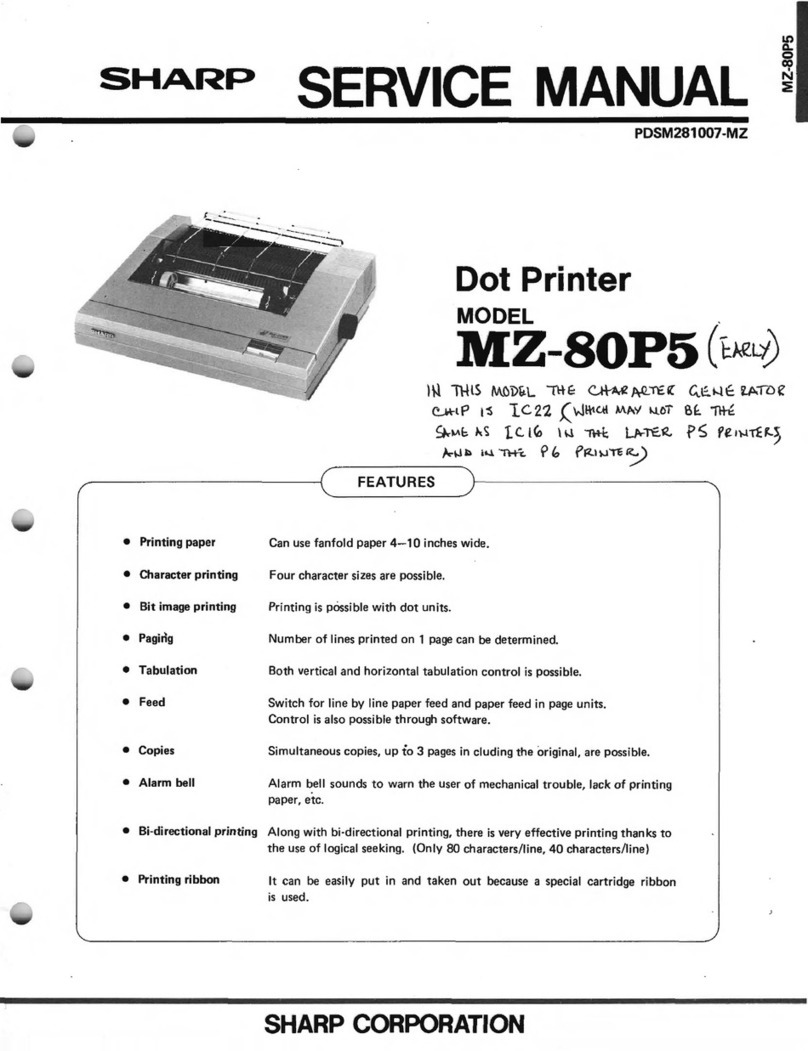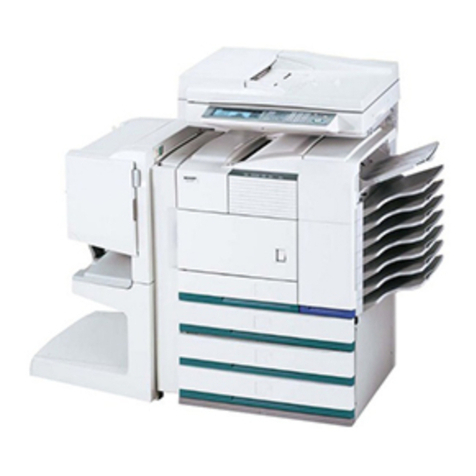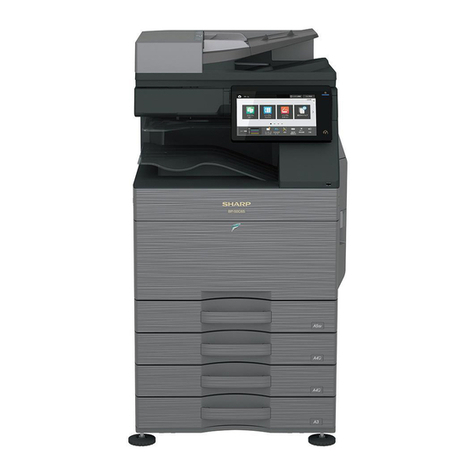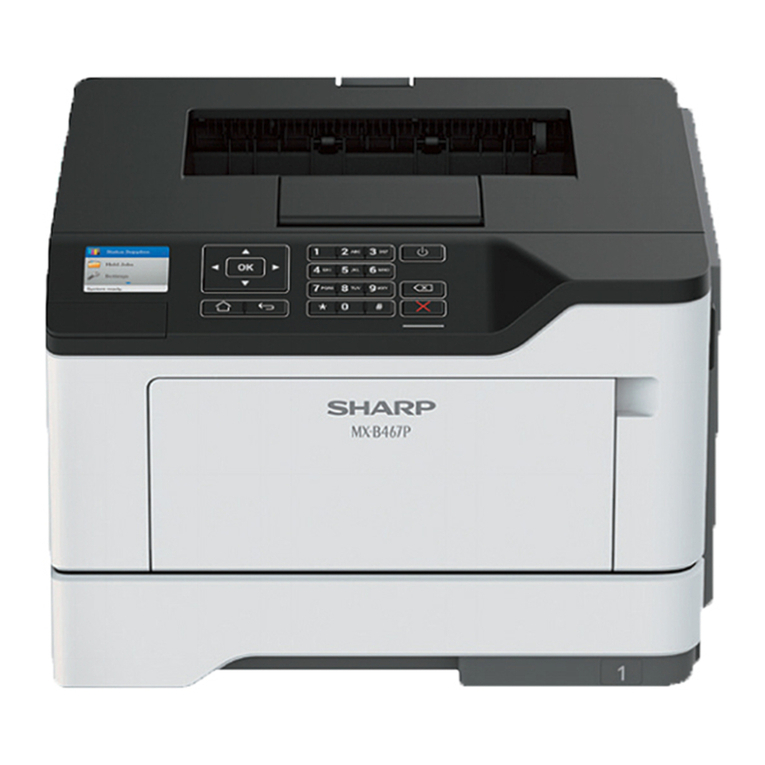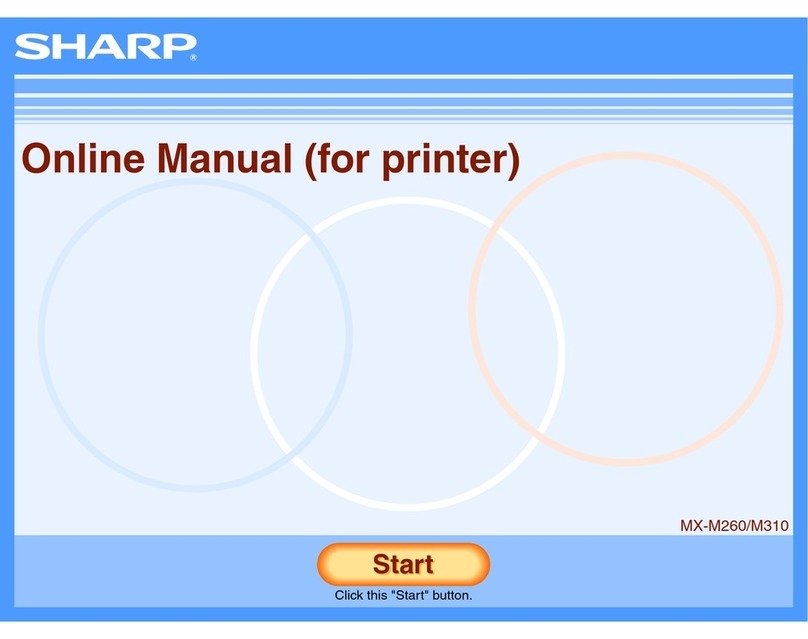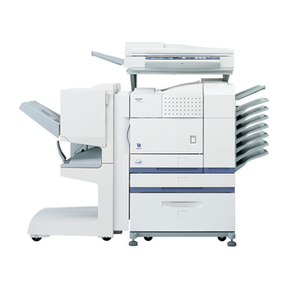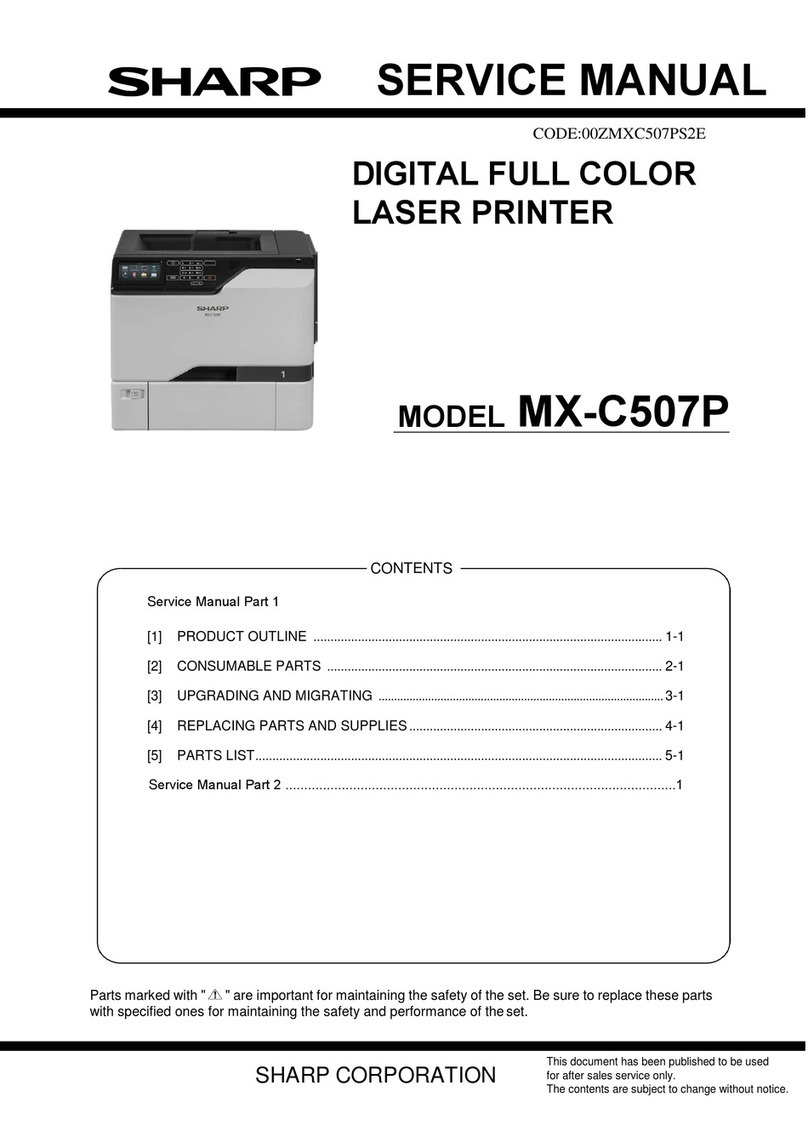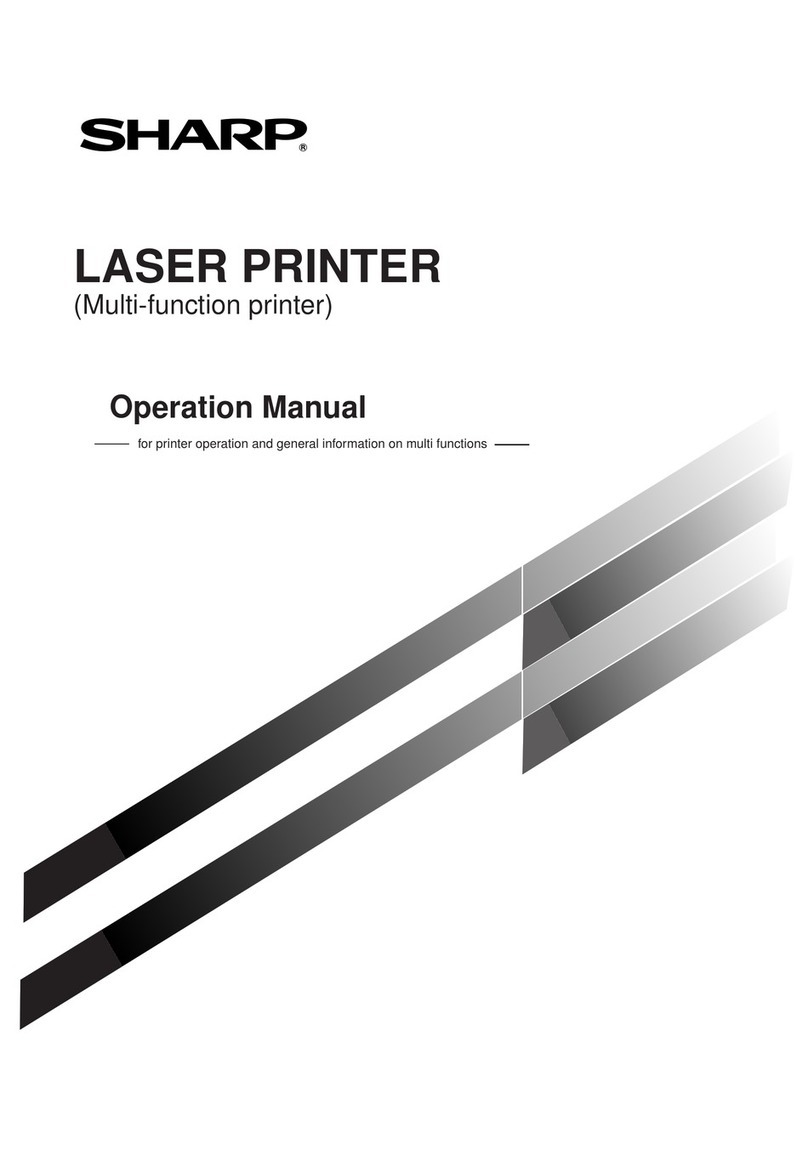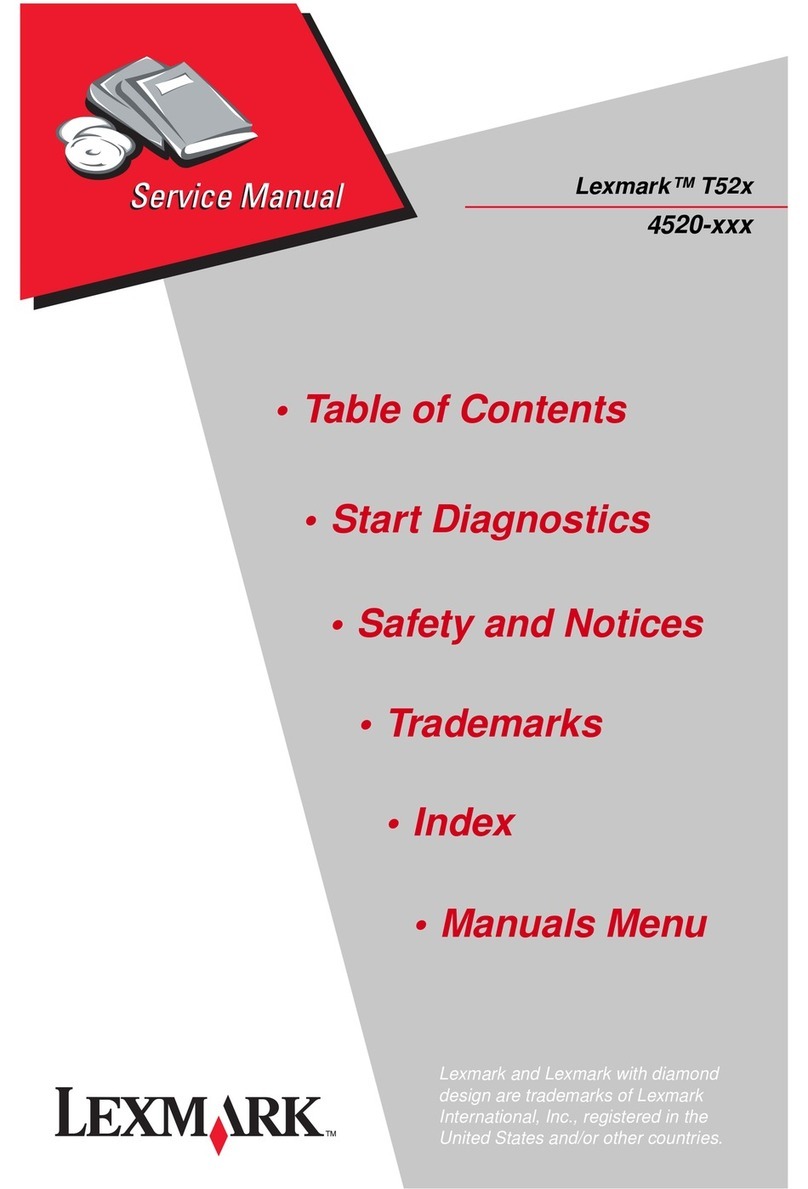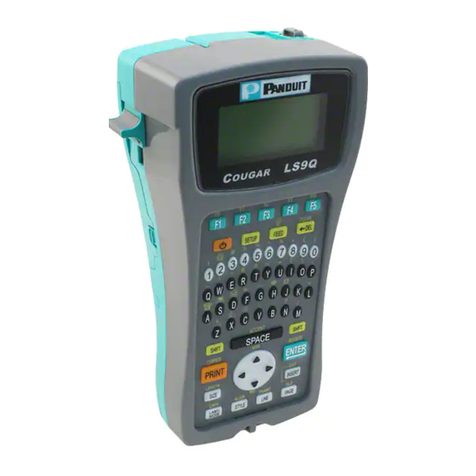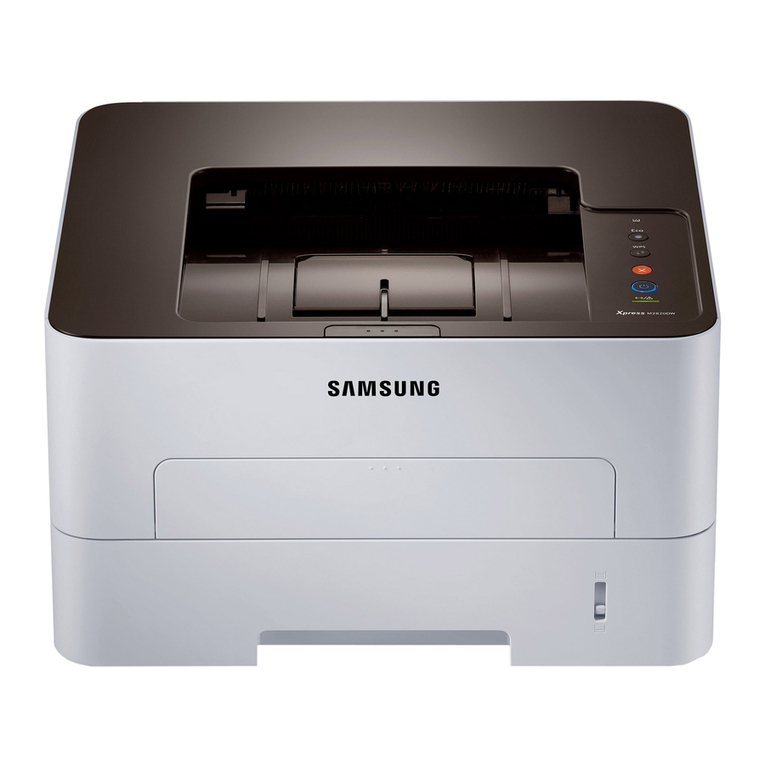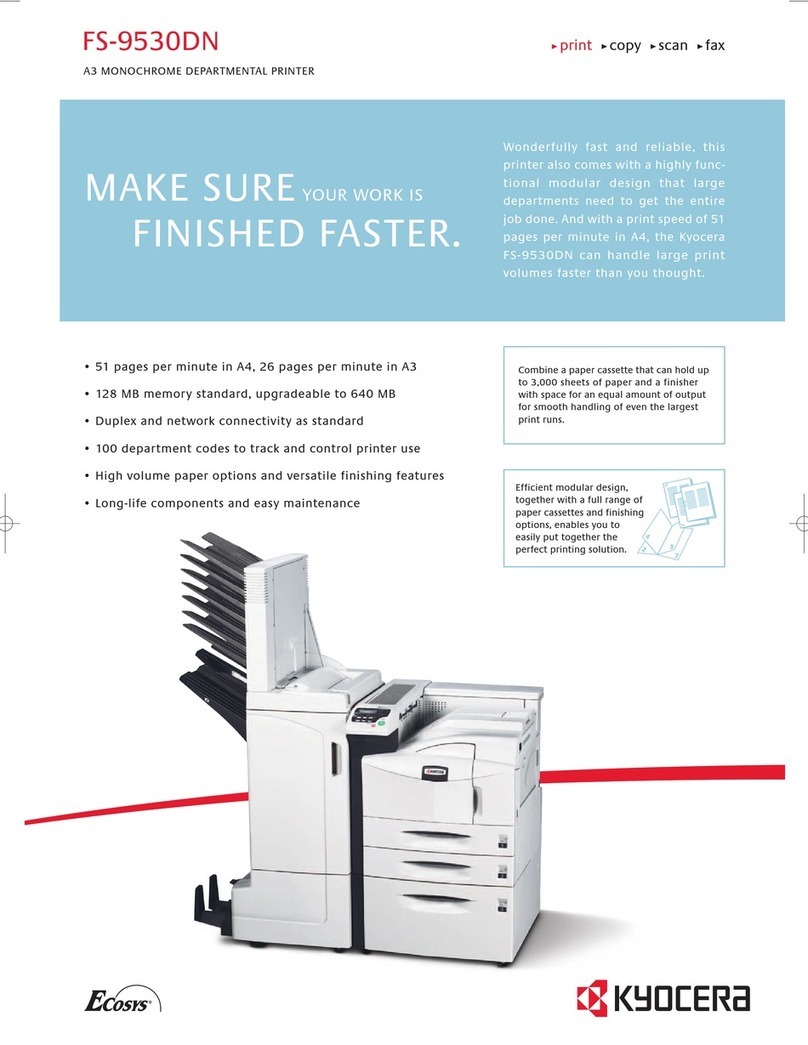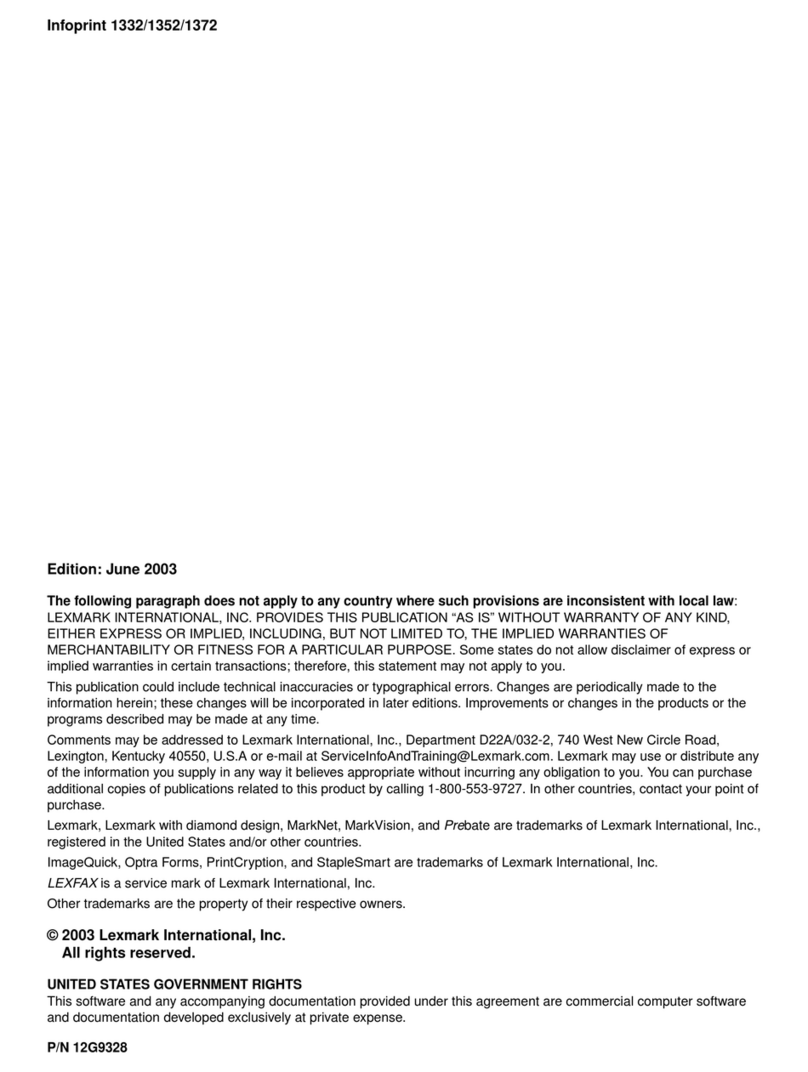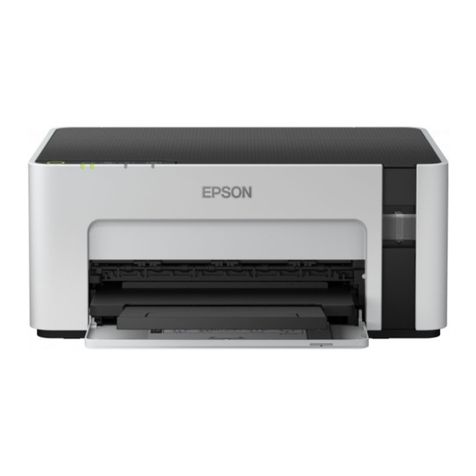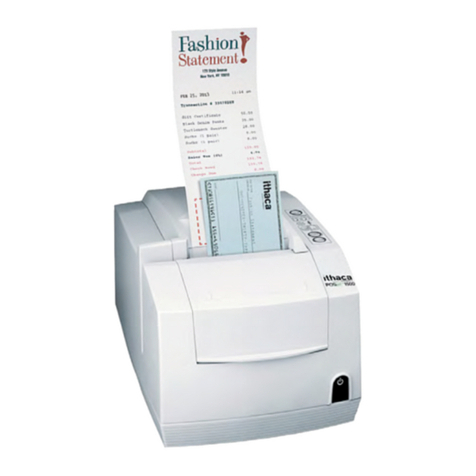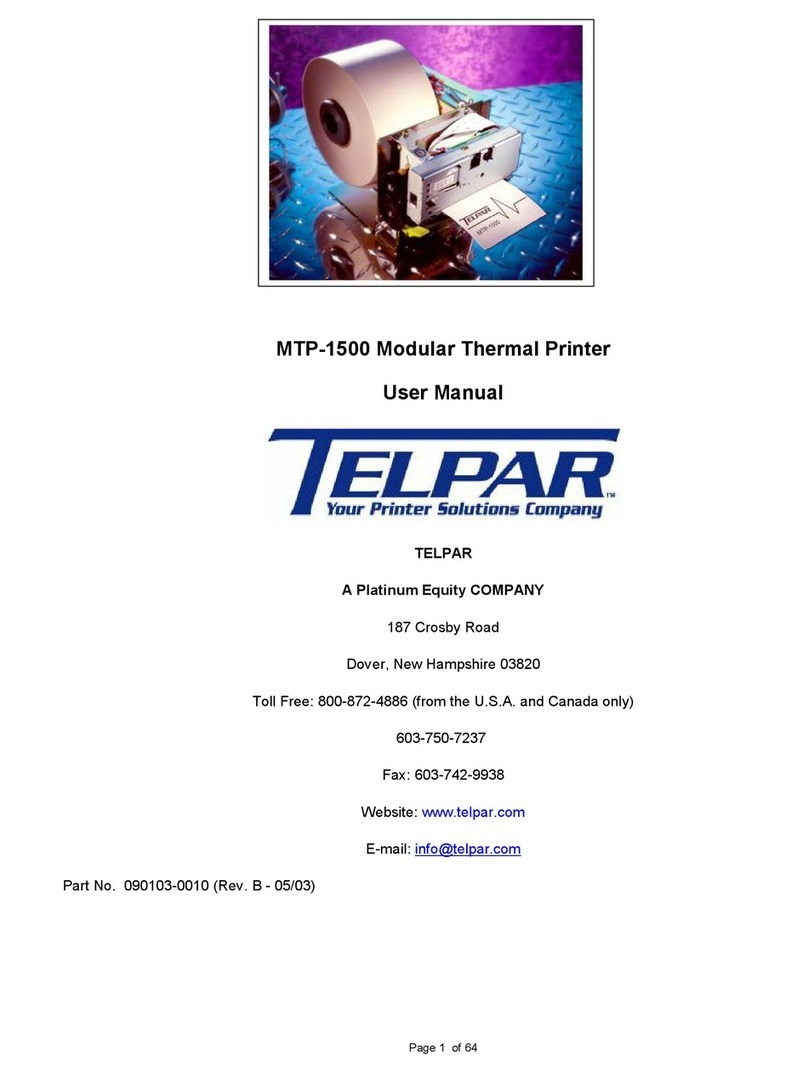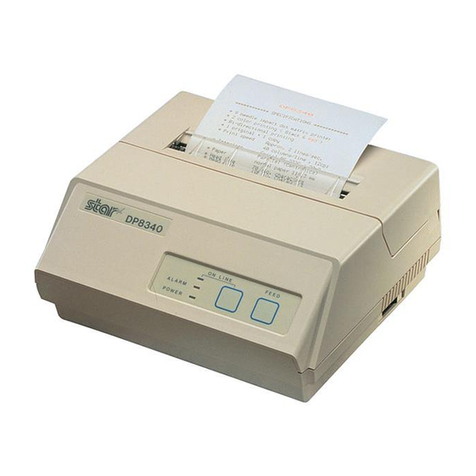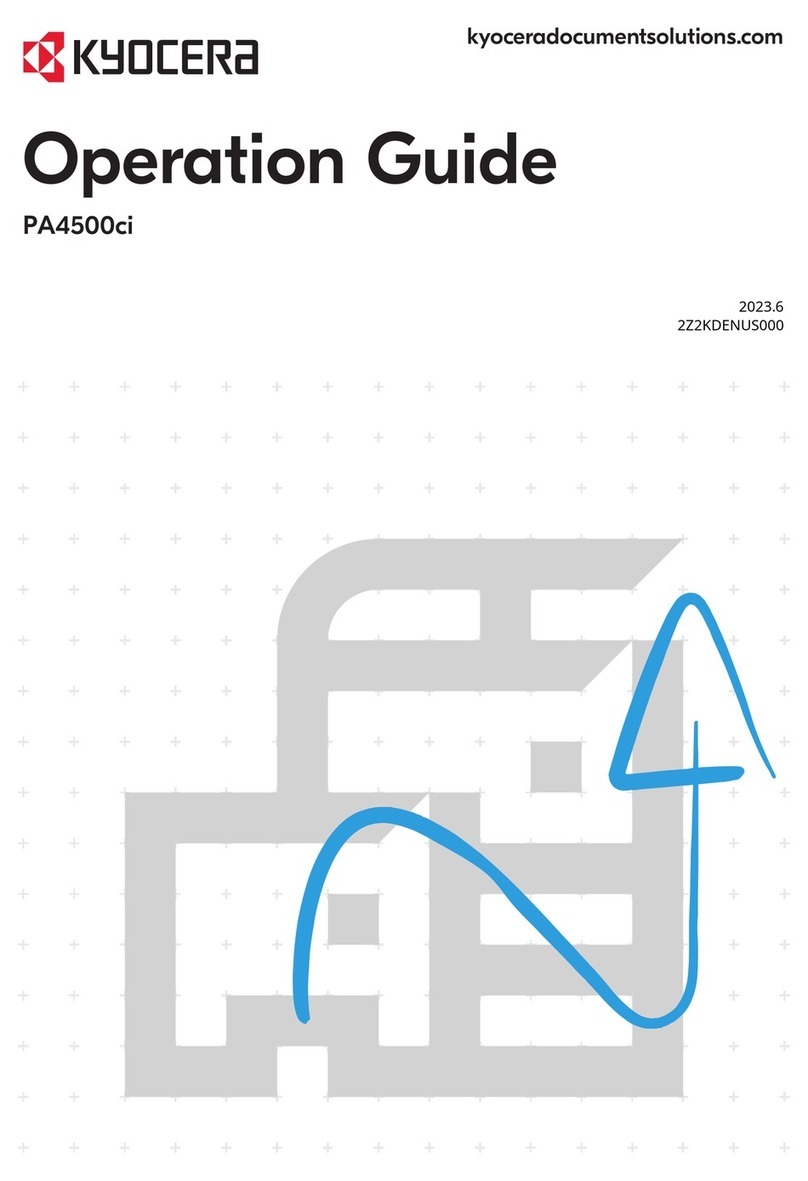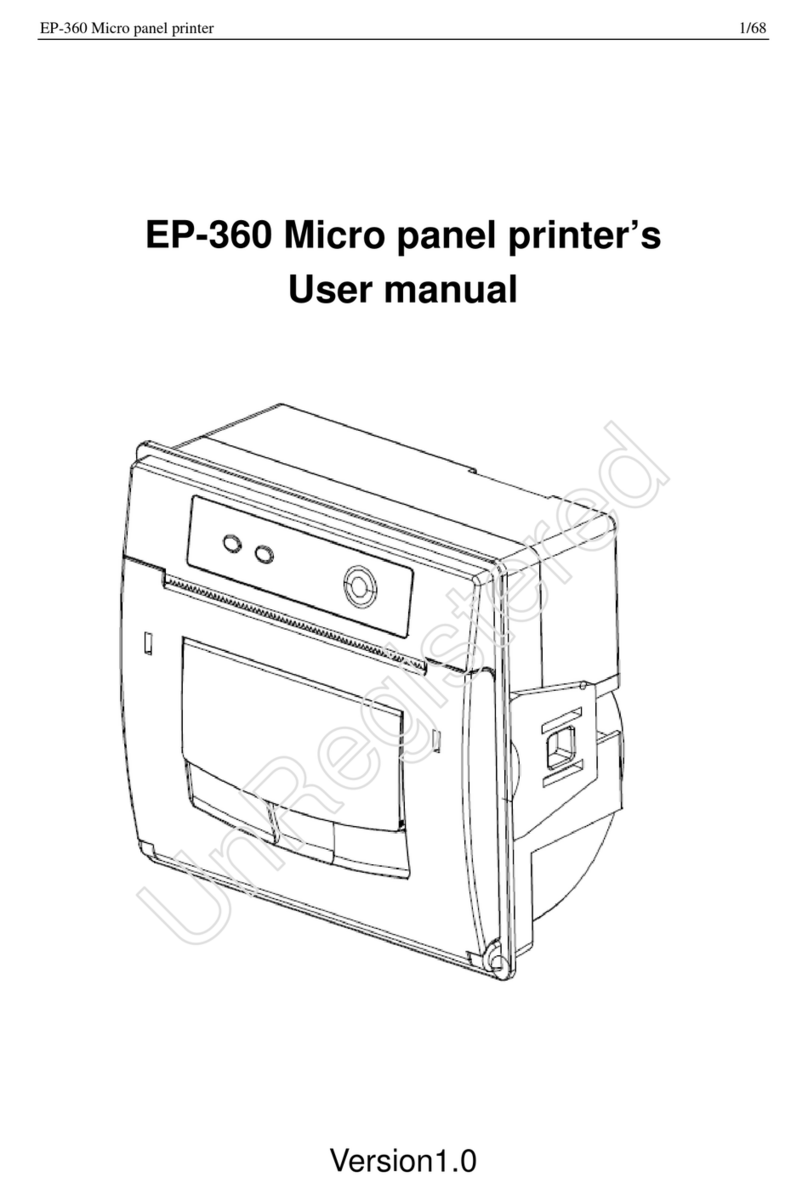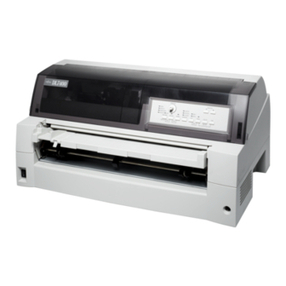
SPECIFICATIONS
• General
Item
Specification
Printing
method
Serial
impact
dot
matrix
Feed
method
Variable sprocket feed
or
fric-
tion
feed selectable manually
Kinds
of
characters
I
230 kinds
Character make-
up
I
8(H) x 9(W)
dot
matrix
(normal
size
character)
Line-to-line
space
1/6 inch or determined by pro-
gram
No.
of
digits
Page
Printing
speed
80 digits,
40
digits, 136 digits,
68
digits or determined by program
66 lines/page (line
space
mode)
or determined by program
80 cps (characters per second)
(ordinary
size
characters)
Printing direction
Bi
-
direction
for
I
ine
space
mode
of
character
printing.
Uni-
direction
for
bit
image
printing
and non line
space
mode
of
character printing.
• CPU Board Section
Item
Specifications
CPU
8085A
(Data process
1/
0)
8039P-6 (Step
motor
control)
ROM
2732
*
(8085A
control
and
CG-ROM}
2716
(8039P-6
control
ROM}
1/0
counter
8155
IC
Other IC's 17
Head drive 2SD986 X 8
TR
Step
motor
2SD986 X 8
TR
---
-
Item
Printing paper
Copies
Printing paper
thickness
Ink
ribbon
Head
life
Interface
Specifications
Fanfold
paper
(4-1
0 inch wide}.
Cut
paper sheet
(8.3-8
.5 inch
wide}
Max.
of
3 copies (including
original)
Within
0.3mm
Special cartridge
ribbon
Approx.
50
million
characters (14
dot
character
printing)
8
bit
parallel interface
Power supply
AC
220V
±1
0%
50Hz
AC
240V
± 10%.
50Hz
Power consumption 75W
Working temperature! 5
to
35
°C
Storage temperaturf;)
I
-20
to
50°C
External -dimensions
I
App!fOX.
Weight
377(W}x
352(D)
x 1
05(H)mm
(including
an
assistant guide)
Approx.
7.2
kg
• Power Supply
Unit
Item Specifications
Input
AC
220V
±1
0% 50Hz
AC
240V
±1
0% 50Hz
Output
DC
26V
(21.5
to
26.5V}
DC15V
.
DC
5V
*ROM
2732
(I
C16}
is
not
standard and needs
to
be
ordered separately
because the programs being stored
are
different
by the
computer
to
be
connected.
Types
of
ROM
Host
comput
.er Applicable model
of
ROM
MZ-808
MZ
-8BP5R
MZ-80K
MZ-8KP5R
(Under development}
MZ-80A
MZ
-
8AP5R
(Under development) (Under development)
Note: Specifications and appearance
are
subject
to
change
without
prior
notice
for
improvement. In such a
case,
the explanation here may
be
a
little
different
from
the
product.
-1-
